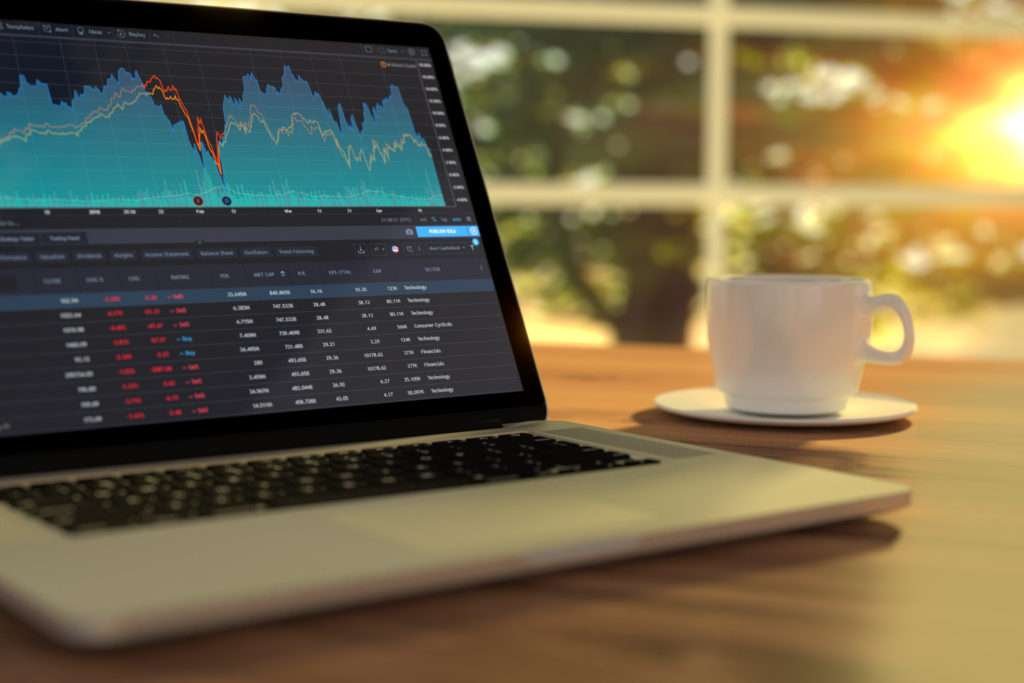
Millions of beginners come into the industry of trading, but only some of them could get success in trading. The main reason behind their failure is the lack of skills that got them on the road to success in this industry.
Different worlds’ markets attract speculative capital like moths to flame; most people just invest their money in stocks while they don’t even know why the prices of stocks are moving higher or lower. Instead of understanding how the market is working, they start to try hot tips and tricks. Some of them blindly follow the guru’s advice. While investing money in the trade, they should have the complete knowledge and skills to make a better profit from it.
To chart your path in trading, you must determine your relationship with money. It’s like what you have done as a struggler in your life to earn a dollar?. Have you ever lost money in other activities before starting trading?. What would you feel if all your investment vanished?. It means that your beliefs will have an impact on your success.
Basics about trade on stock:
To understand how the system works to trade stock, let’s take a look at some of the basics of trading.
Primary Market:
In the primary market, the companies issue their offers and securities to the people; for that purpose, transactions happen between the company and buyer.
Secondary Market:
In the secondary market, the people who accept the offers from the primary market start trading shares. The interaction happens between buyer and seller, and the broker acts as an intermediary.
The process of trading the stock:
Open a trading account:
To enter as an investor or trader in this market, you must have a stock broker account or brokerage account. If you have created a personal account, make sure to create another account for trading. Get familiar with the interface of the account and try different trading tools.
Set a stock trading budget:
Investing more than 10% of your portfolio in a single stock can be hazardous, even for seasoned stock traders.
“If all your money is in one stock, a sudden 50% loss is possible,” cautions Moore.
If you are investing for the first time, try setting aside $200 a month. Upon attaining $1,000, allocate $500. See the $500 you choose not to invest as a safety cushion. Don’t spend money on things you can’t afford to lose; invest only what you can afford to lose. Take 10% of your investments and allocate it to your emergency fund and retirement savings.
Learn to analyze
Examine thousands of price charts from various time periods to gain an understanding of the fundamentals of technical analysis. While traders rely on price activity that may diverge from the fundamentals, fundamental research monitors growth and revenue. Keep looking for an advantage by reviewing corporate spreadsheets.
By concentrating on charts, you enter the field of price prediction and acknowledge the wide range of possible price movements. Consider the time horizon, as financial markets exhibit trends and trading ranges with fractal qualities.
Short-term, intermediate-term, and long-term fluctuations in securities or indexes create trading opportunities through their interchange. Examine each security using the following three time horizons: weekly, daily, and 60-minute charts.
Practice Trading:
Now, it’s time to learn to trade stock without risking real money. Try paper trading, a virtual approach that lets you follow real-time market actions, making theoretical buying and selling decisions. It uses a stock market simulator resembling a real exchange.
Make various trades with different holding periods and strategies, then analyze the results for flaws. Some brokers allow paper trading with real money systems. When should I switch to real money? There’s no perfect answer.
Simulated trading lacks the emotional aspect of real trading, involving greed and fear. First-year traders must address these emotions alongside money and self-worth challenges.
Another way of practice trading:
“Try investing in the market without putting money in it yet to just see how it works,” Moore advises.
He thinks you can devote your time to doing that. Select a stock and monitor its performance over a period of three to six months. Many online stock brokers also offer paper trading tools that can help you learn the market. Before risking real money, users can trade the stock to test their trading abilities and establish a track record through virtual trading with stock market simulators.





